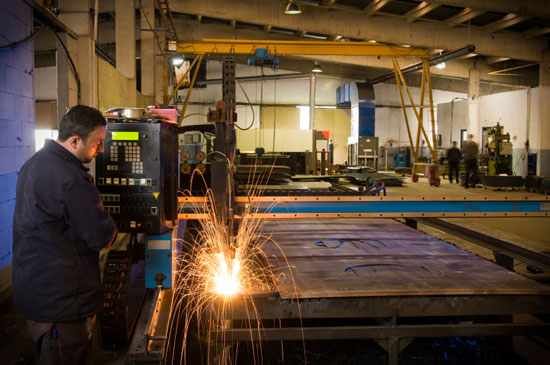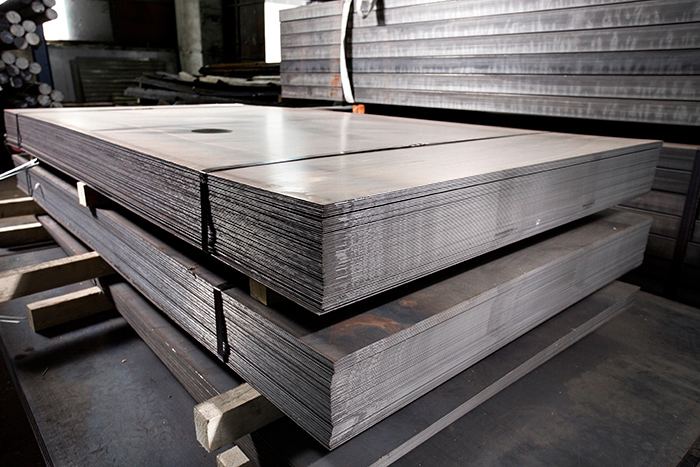
Whether you’re running a metal fabrication shop or laser cutting center, or stocking raw materials for manufacturing, sheet metal storage can make you faster. It makes the stock easier to reach, protects valuable materials and prevents injuries. However, the wrong solution means injuries, wasted time and damaged materials. In this article, I’m covering a range of solutions, from simple floor stacking to semi-automated carousels, analyzing for fit, safety, access and cost.




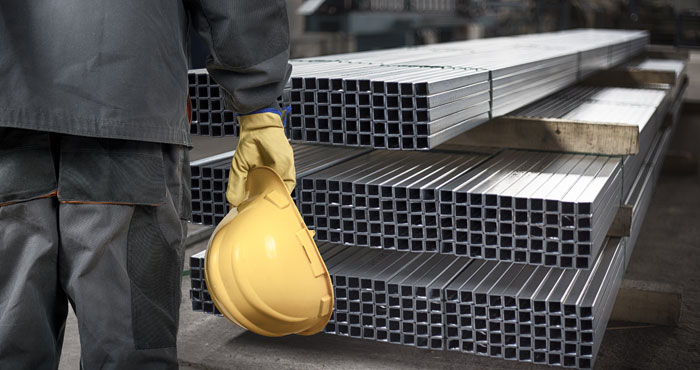
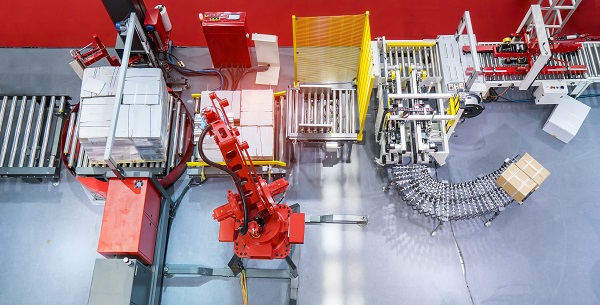

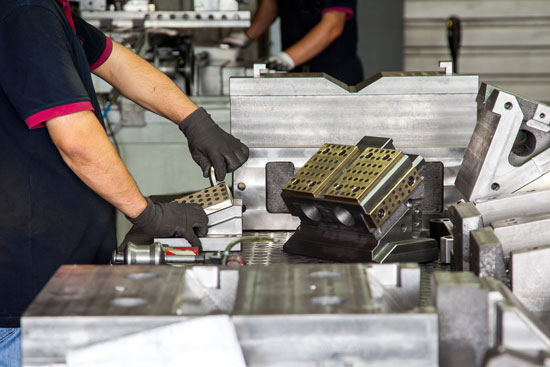


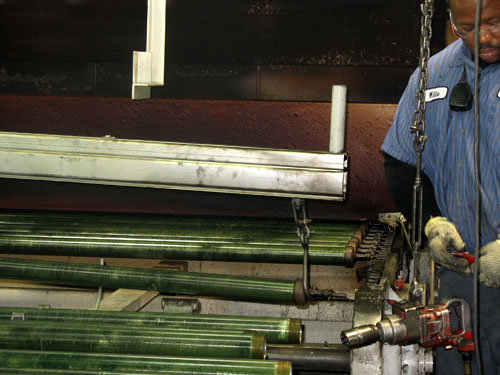
 2014 is shaping up to be a year of transition for the manufacturing sector, with issues in talent development, an aging work force, the re-shoring of manufacturing in some sectors, and the forward moment of automation taking center stage.
2014 is shaping up to be a year of transition for the manufacturing sector, with issues in talent development, an aging work force, the re-shoring of manufacturing in some sectors, and the forward moment of automation taking center stage.